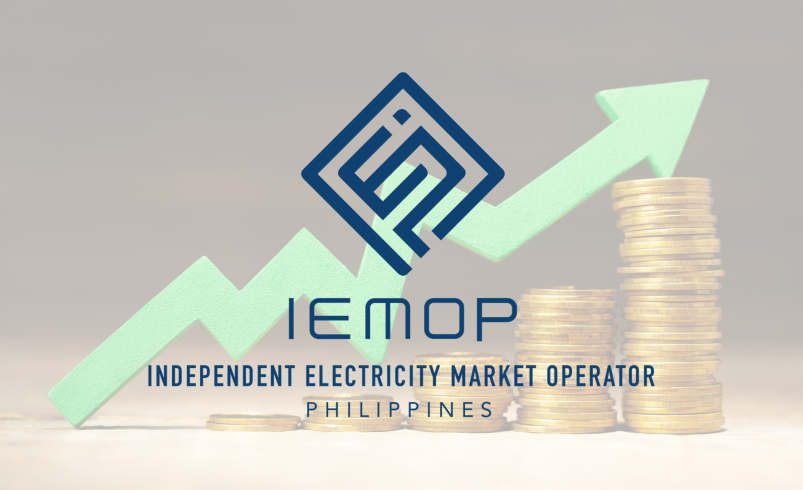Power plant outages across regions drive up WESM prices in July, IEMOP reports
- August 6, 2025
- 0

The Independent Electricity Market Operator of the Philippines (IEMOP) reported a rise in electricity prices for the July 2025 billing period. This is mainly attributed to a dip in supply and continued outages in several key power plants across Luzon, Visayas, and Mindanao.
According to IEMOP, system-wide average supply dropped by 3.2% to 20,754 megawatts (MW), mainly due to outages in major Luzon-based power plants such as the GNPD, Ilijan, QPPL, and San Gabriel units. Meanwhile, electricity demand also declined by 5.0% to 13,812 MW, attributed to cooler weather and the onset of the rainy season.
The resulting tight supply pushed market prices higher. The system-wide average market price rose to PHP3.99 per kilowatt-hour (kWh) from PHP3.86/kWh in June, while the Effective Spot Settlement Price (ESSP) increased to PHP4.17/kWh. Spot market participation also decreased, making up 13.5% of total traded volume, which is down from 18.6% the previous month. Total trading value in the energy market also fell, from PHP12.50 billion in June to PHP11.08 billion in July.
While Luzon’s prices remained relatively stable, Visayas and Mindanao experienced more significant increases. In the Visayas, the average price rose from PHP3.93 to PHP4.39/kWh, driven by reduced supply margins and transmission issues caused by outages along the Lala-Dumanjug line. Biomass plant unavailability at the end of the milling season also contributed to the tighter supply. Mindanao saw its prices increase to PHP3.80/kWh, as several coal plants, including units from FDC, GNPK, STEAG, and SMC, went offline. These outages limited the region’s ability to export power to the Visayas, thus putting additional pressure on the central grid. Despite higher available capacity in Luzon, limited power flow between islands meant that cheaper energy couldn’t offset the shortfall in other regions.
On the generation side, renewable energy contributed 24% of total output in July. Hydro power notably increased its share from 7.8% to 10.5%, boosted by heavy rains and typhoons. Natural gas also saw a rise in share, particularly from 19% to 21%, while coal dropped from 57.5% to 54.1%. Solar generation declined slightly from 3.8% to 3.3%. Retail electricity consumption remained stable, with 24% (2.22 terawatt-hours) of customer transactions sourced from the retail market.
Reserve market prices and values dropped across most categories, except for dispatchable reserves which saw an increase, especially in Luzon and Visayas. IEMOP noted that this shift reflects the changing operational needs and supply-demand balance of the system during tight periods.
As of August 5, a total of 51 million Renewable Energy Certificates (RECs) have been issued, with most generated from non-FIT eligible sources. Final REC statements for compliance years 2020 and 2021 have already been released. IEMOP reminded participants that the deadline for Gross Energy Sales (GES) submissions for 2022 is August 10, with final REC issuance set for August 29.
Looking ahead, IEMOP expects prices in August to remain below PHP5.00/kWh, although slight increases may still occur depending on regional conditions. The market operator also emphasized the need for additional baseload capacity in the Visayas within the next five years to support grid stability. In response to evolving needs, IEMOP expressed openness to exploring a future capacity market as a tool for enhancing long-term energy security.
Follow Power Philippines on Facebook and LinkedIn or join our Viber community for more updates.